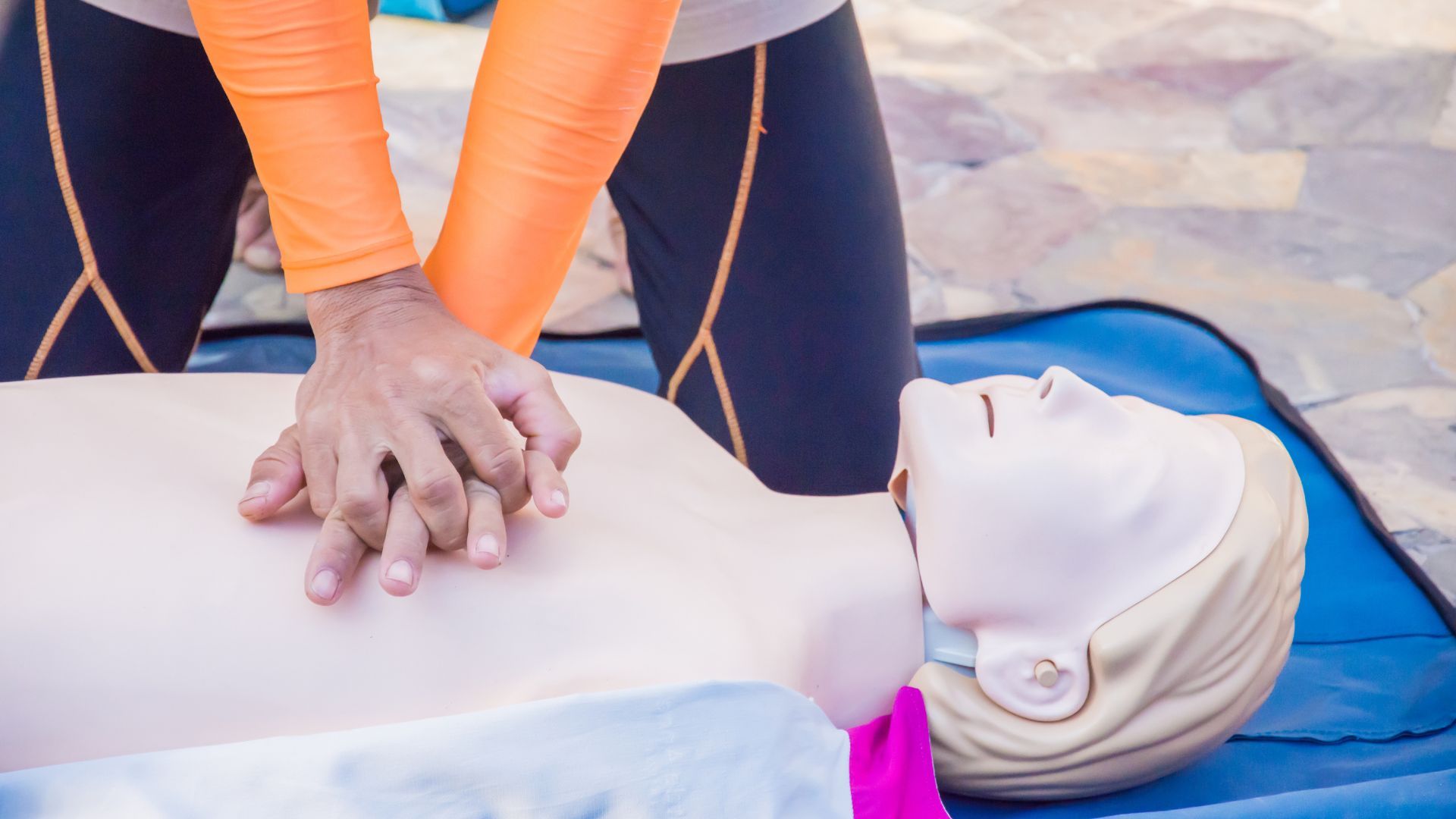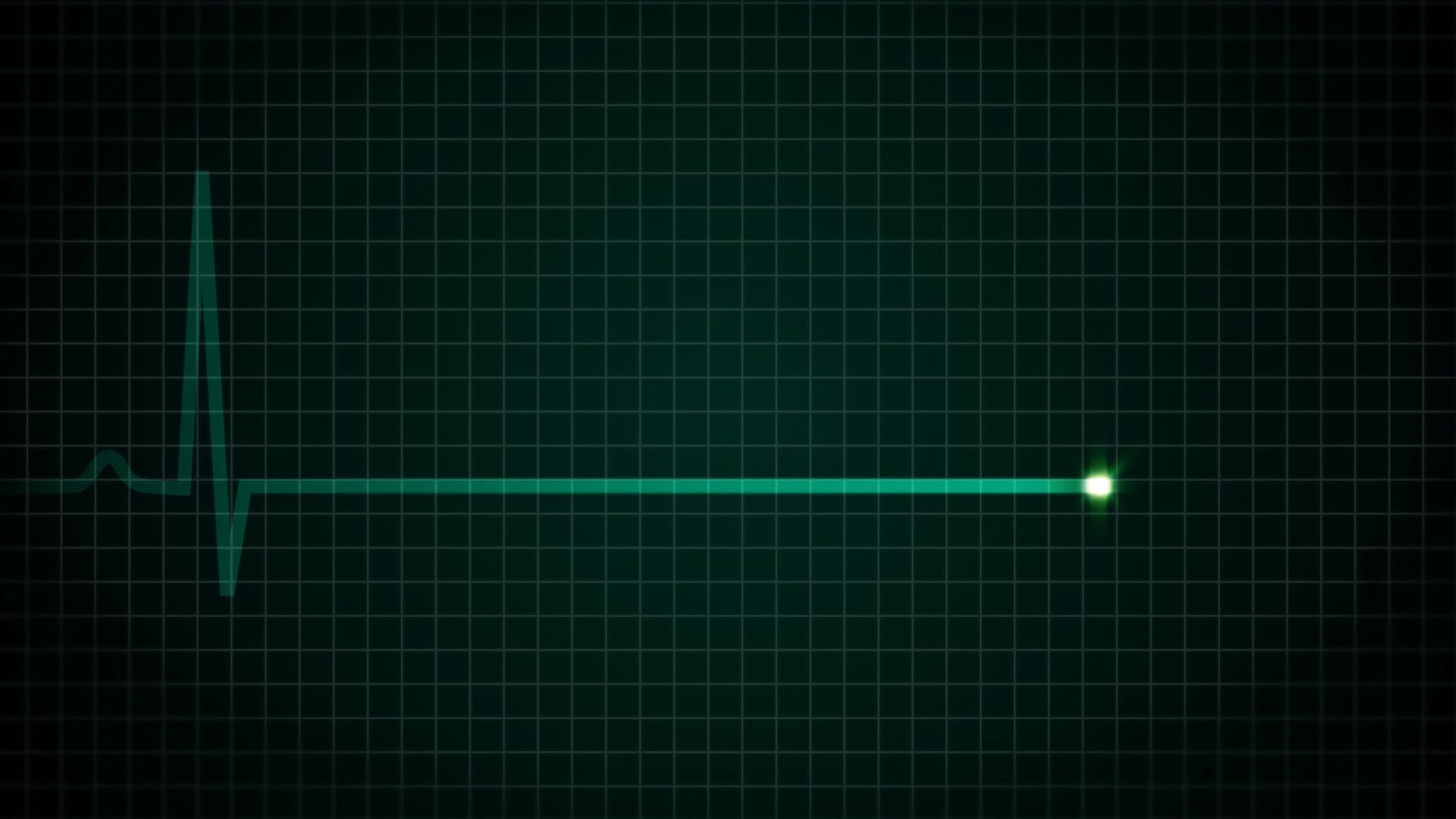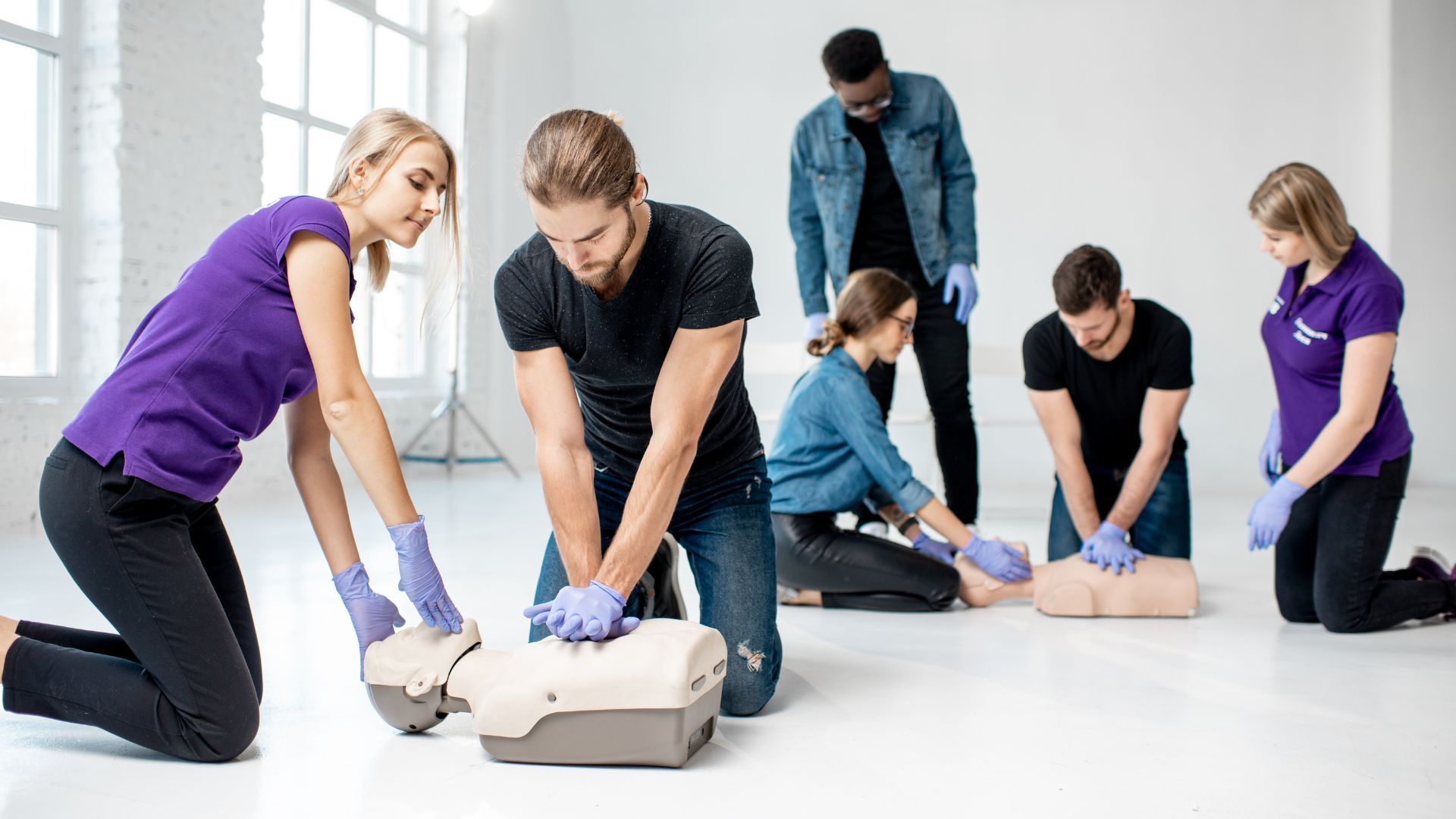High-Quality CPR
High-Quality CPR Pronunciation: hī-ˈkwä-lə-tē sē-ˈpē-ˈär
Definition: High-Quality CPR refers to providing cardiopulmonary resuscitation (CPR) that optimizes several key variables to improve the chance of successful resuscitation. These variables include ensuring correct chest compression depth and rate, minimizing interruptions in chest compressions, allowing full chest recoil between compressions, and avoiding excessive ventilation.
Frequently Asked Questions About High-Quality CPR
What does High-Quality CPR involve?
High-Quality CPR involves:
- Performing chest compressions at a rate of 100 to 120 compressions per minute
- Delivering compressions that are at least 2 inches (5 cm) deep in adults and at least one third the depth of the chest in infants and children
- Allowing the chest to fully recoil (rise back up) between compressions
- Minimizing interruptions in chest compressions
- Providing effective breaths that make the chest rise, without over-ventilation
Why is High-Quality CPR important?
High-Quality CPR is crucial in improving the chances of survival for a person experiencing cardiac arrest. When performed correctly, CPR can double or even triple a victim’s chance of survival. Poor-quality CPR is often ineffective at saving lives, so learning and implementing high-quality CPR techniques are important.
Can anyone learn High-Quality CPR?
Yes, anyone can learn High-Quality CPR. It is recommended that everyone, including non-medical individuals, learn CPR. Many organizations offer CPR courses, including the American Heart Association and the Red Cross. Online training resources are also available.
More Articles





